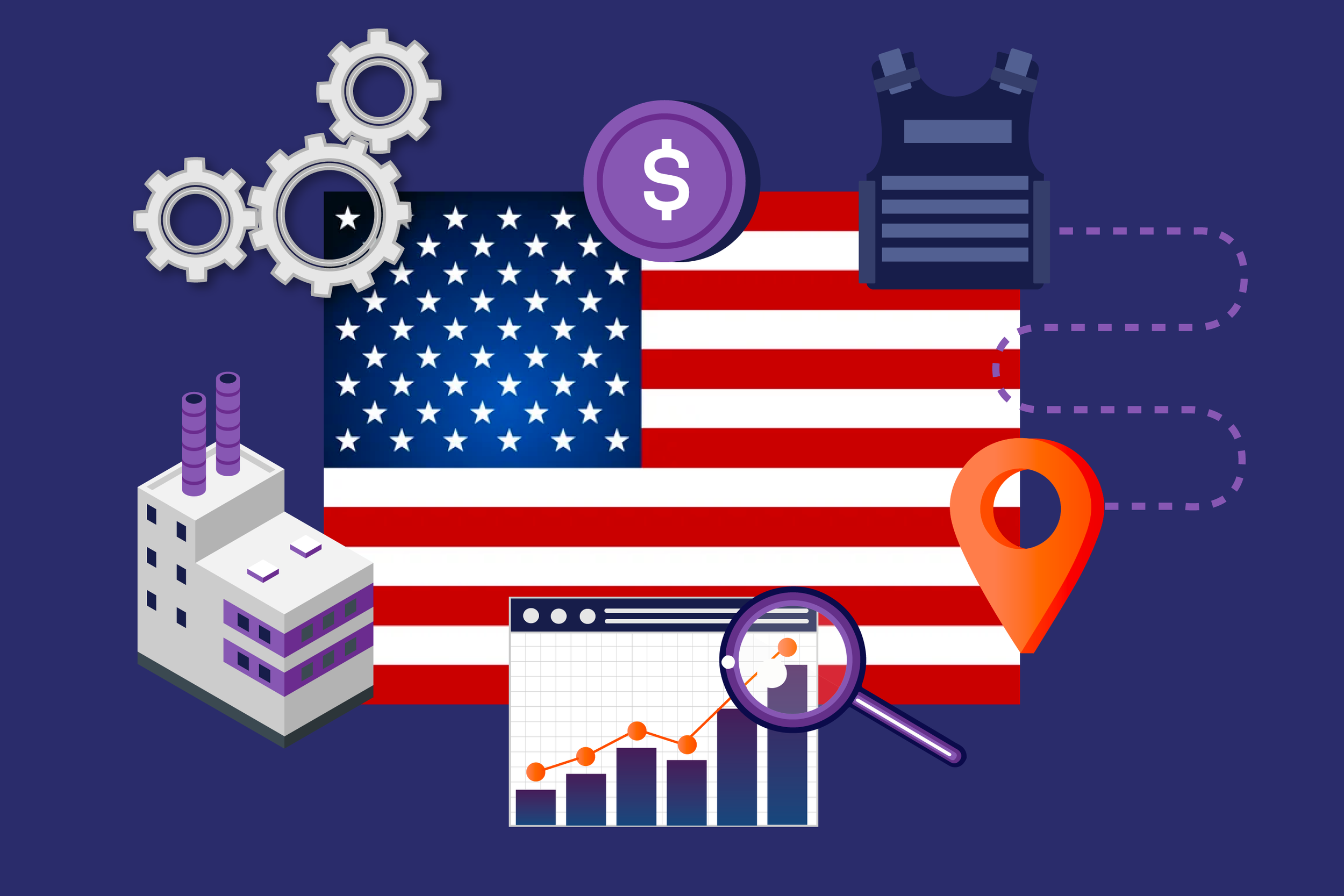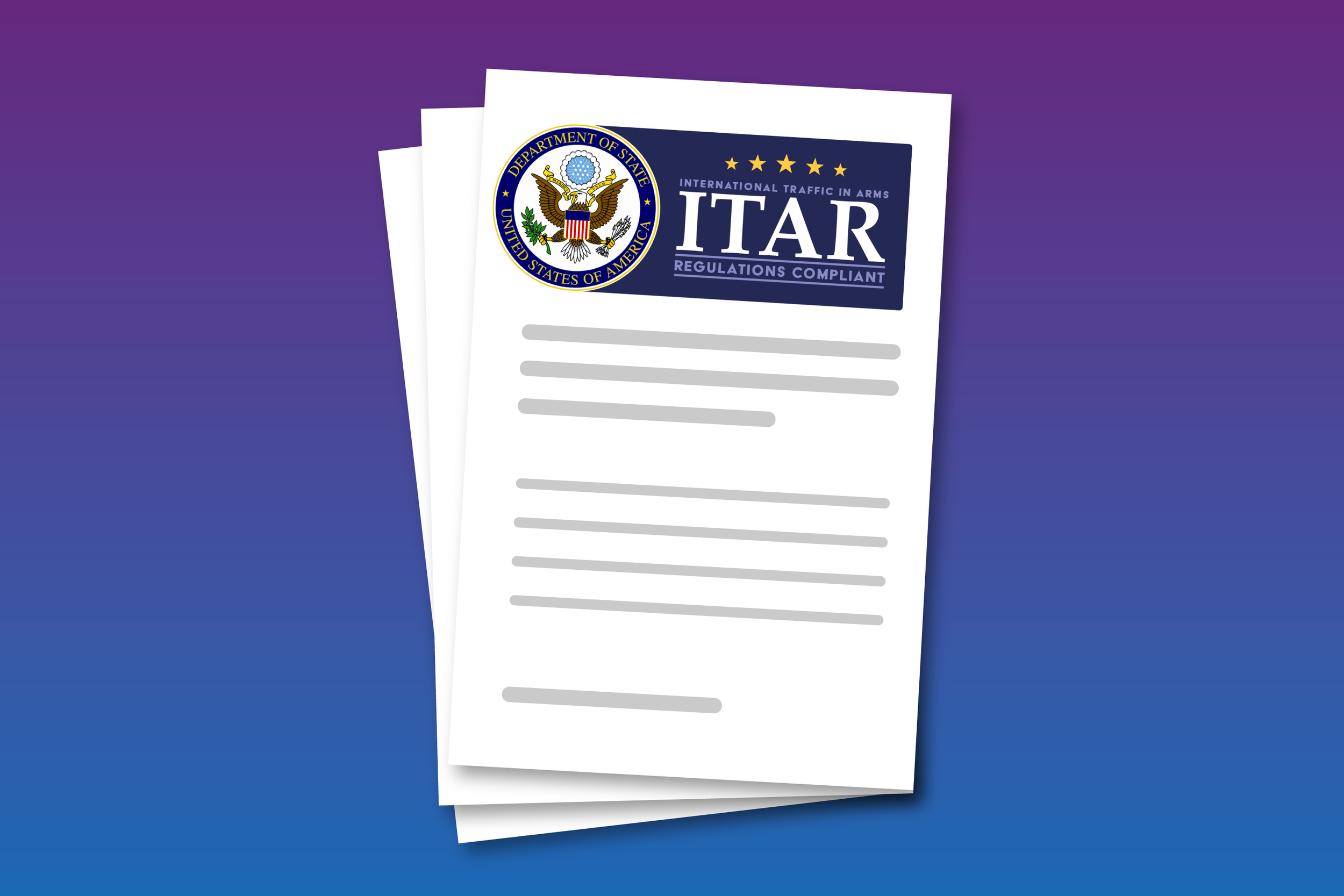Expanding Defense Trade Cooperation: ITAR Amendments Strengthen Allies' Relationships and Boost US Global Competitiveness
The United States Department of State has recently announced changes to the International Traffic in Arms Regulations (ITAR), which will significantly expand the types of defense articles that can be exported and defense services that can be furnished. This is being done to enhance the defense trade cooperation between the United States and its allies, particularly Australia, Canada, and the United Kingdom.
The proposed amendments will help reduce the regulatory burden on the export of defense articles and services by removing certain export licensing requirements. This will simplify the export process, making it easier for US companies to export defense articles and services to eligible countries.
In this article, we will explore the recent changes to the International Traffic in Arms Regulations (ITAR) and their implications for the defense industry.
Why is this happening?
As someone who has spent years studying the ins and outs of the International Traffic in Arms Regulations (ITAR), I am thrilled to share some exciting news with you. The Department of State recently announced amendments to ITAR, which will expand the types of defense articles that may be exported and defense services that may be furnished pursuant to the Treaty between the United States of America and our allies including Australia, United Kingdom, Northern Ireland, and Canada concerning defense trade cooperation.
What does this mean?
Simply put, it means that the United States is expanding its defense trade cooperation with its closest allies. This is great news for the defense industry, as it will allow for a more streamlined and efficient process of exporting and sharing defense articles and services between the United States and its partners.
The proposed amendments will help reduce the regulatory burden on the export of defense articles and services by removing certain export licensing requirements. This will simplify the export process, making it easier for US companies to export defense articles and services to eligible countries.
Four Key Changes to ITAR Regulations
Expansion of Exemptions: The updated ITAR regulations will expand the scope of exemptions for defense articles and defense services to be exported to Australia, Canada, and the United Kingdom. The new exemptions will include items like tooling, production equipment, and test equipment used in the manufacture of defense articles.
Clarifications on Technology Transfers: The new regulations will provide clarification on the rules governing the transfer of technology to foreign persons. This will make it easier for US companies to collaborate with foreign partners in the development of defense articles and services, without worrying about violating ITAR regulations.
Revisions to Registration Requirements: The updated ITAR regulations will revise registration requirements for manufacturers, exporters, and brokers of defense articles and services. The proposed changes aim to make it easier for businesses to comply with the registration requirements and streamline the registration process.
Conforming Updates: The amendments will make certain technical corrections to the ITAR regulations to ensure consistency with other regulations, update definitions, and make other conforming updates.
The proposed amendments to the ITAR regulations represent a significant step forward in improving the United States' defense trade cooperation with its allies. These changes will help remove unnecessary regulatory burdens on the export of defense articles and services, ultimately boosting US businesses' ability to compete in the global defense market.
The United States Department of State's decision to expand the scope of the ITAR exemptions is a positive step towards promoting international cooperation in the defense industry. The changes to the ITAR regulations will streamline the export process and enable US companies to collaborate with foreign partners more efficiently, enhancing the United States and allies global competitiveness. The amended regulations will facilitate closer collaboration among the United States, Australia, Canada, and the United Kingdom, further strengthening the defense relationships between these countries, this is win for U.S. national security.
But why is this important for you to know?
For starters, the defense industry is a significant contributor to the U.S. economy and provides numerous career opportunities. These amendments to ITAR will likely lead to increased job growth in the defense sector, providing new opportunities for future generations of young people interested in pursuing careers in areas such as engineering, technology, and logistics.
Additionally, as global citizens, it's important for all of us to understand how the United States interacts with others on the global stage. These amendments reflect a commitment to international cooperation and partnership, which is an essential aspect of maintaining global stability and security.
I have seen firsthand how advancements in technology and changes in regulations can impact businesses and entire industries. The amendments to ITAR represent a step forward in strengthening relationships between the United States and its closest allies
I hope this brief overview of the recent amendments to ITAR has been informative and inspiring. As you consider your own career paths and place in the world, remember that international cooperation and partnership are essential to creating a more prosperous and secure future for us all.
Interested in working with IntelAlytic?
Explore IntelAlytic Services
Follow us on LinkedIn for daily tips and resources
Learn more about the Federal Register Notice published here
Learn more about our Trade Compliance Support




